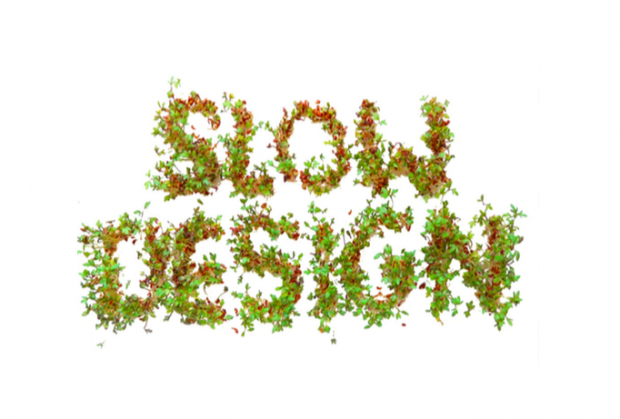Slow Design is a design philosophy that aims at supporting well-being for individuals, society, and the natural environment. It encourages people in doing things at the right time and with the right speed and helps them to understand and reflect on their actions. Nevertheless, how can this philosophy be used to create mass-produced consumer electronics that are more sustainable? For her Master thesis, Barbara Gross-Hering explored and applied the Slow Design Principles, as defined by Carolyn F. Strauss and Alastair Fuad-Luke, in order to develop concepts for consumer electronics that are more sustainable. A selection of concepts developed through the application of the Slow Design Principles formed the ‘Slow-Design Book of Inspiration’, explaining the method of Slow Design, as well as inspire designers. This Book of Inspiration can act as a resource for designers who are interested in the Slow Design principles.
Download PDF
Download Project Publication
Authors
Barbara Grosse-Hering (concept & design)
Reference
Grosse-Hering, B., Mason, J., Aliakseyeu, D., Bakker, C., & Desmet P.M.A. (2013). Slow design for meaningful interactions. CHI ’13 Proceedings of the SIGCHI Conference on Human Factors in Computing Systems (pp. 3431-3440). New York, NY: ACM.
Tip
Check out the website of the Slow Design Lab: www.slowlab.net
Availability
The Slow-Design Book of Inspiration is available under the ‘Creative Commons community license,’ free-of-charge for non-commercial use.
Publication date
June 2012




